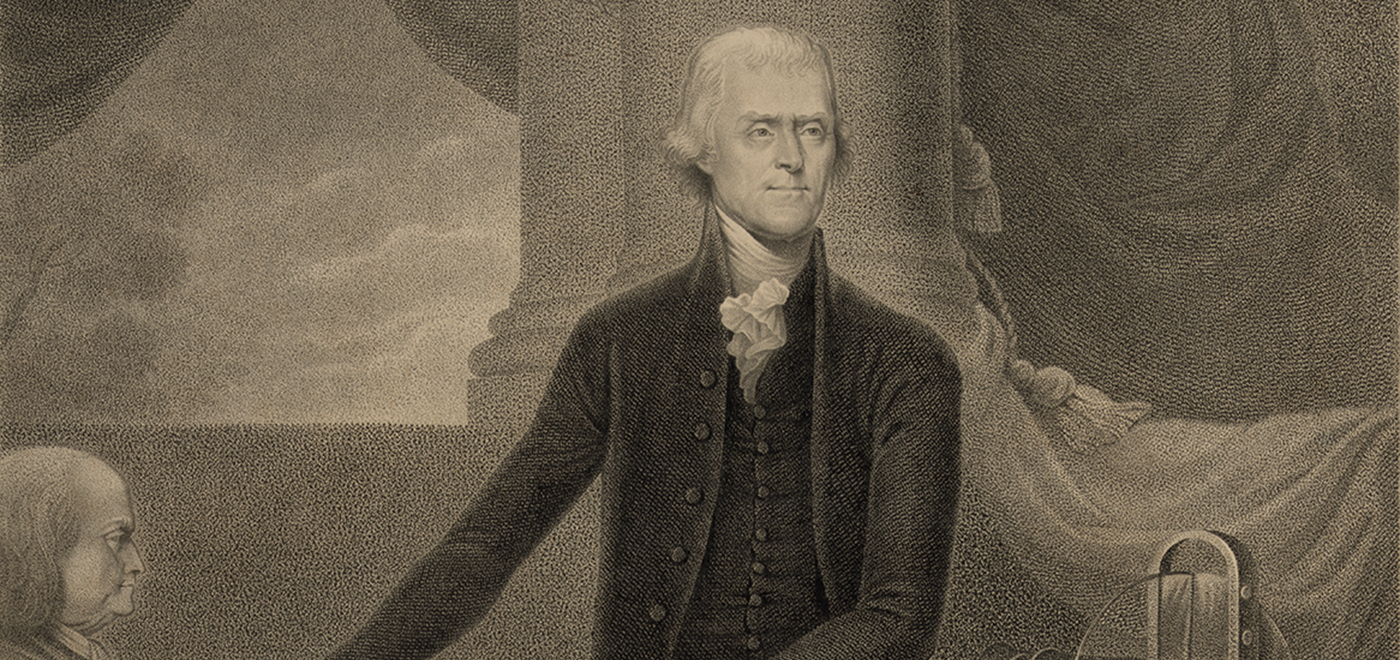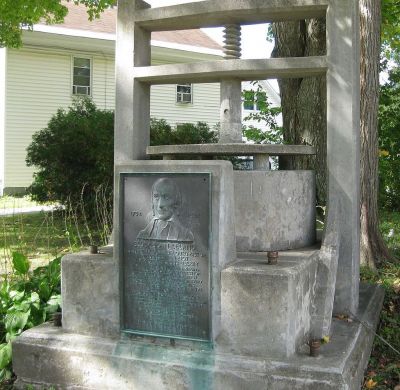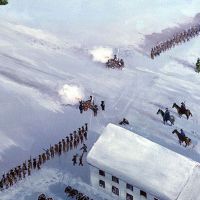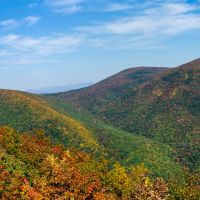The division between east and west in Massachusetts was nothing new in 1801. The western part of the state had never been closely tied to the port towns that dominated eastern Massachusetts. Many of the families that settled Berkshire and Hampshire Counties came from the south, up the Connecticut and Hudson River valleys, rather than from the east. Their settlement patterns and then their trade routes tied them more closely to Connecticut and New York than to eastern Massachusetts.
In the 1760s and 1770s, people in eastern and western counties found common ground in their resistance to British oppression. The fiercely independent farmers of the western Massachusetts hill towns agreed with Boston radicals who called upon citizens to protect their right to life, liberty, and property. Indeed, many Berkshire County towns changed their names to honor Boston Patriots, such as Adams, Hancock, and Otis.
But under the stress of wartime, this unity eroded. The war exacted a high price from small farmers. If they took up arms, the families they left behind struggled to make ends meet. High taxes assessed to pay for the cost of the war forced many into debt and some into bankruptcy. Farmers with larger operations could provision the troops, and make a profit, while helping the cause. These larger farms were concentrated in the east and in the Connecticut River Valley. Small farmers believed they bore an inequitable share of the war's costs and resented it. The feeling was especially acute in the western counties.







